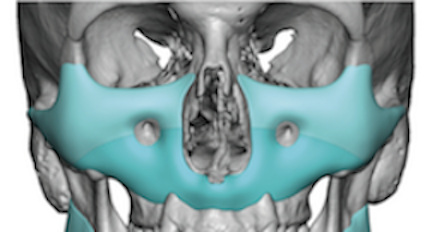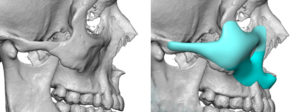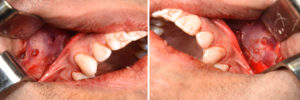Background: The face can be augmented by standard preformed implants in a variety of well known ‘spot’ or smaller locations. Cheek implants are often cited as midface implants but there position is largely more lateral than central.The only central midface standard implants are for the infraorbital and premaxillary-paranasal areas, which have roles for isolated limited augmentations.
But when it comes to more complete midface augmetnations for creating anterior midface augmentations (pulling the midface forward) most patients and doctors do not think of implant augmentation…they think of a LeFort I advancement osteotomy. And while this may be appropriate for patients with a Class III or edge-to-edge malocclusion, such osteotomies do not have a role in patients with reasonable centric occlusal relationships.
The most effective complete midface augmentation method when a normal occlusion exists is implant coverage. This can only be done by a custom implant approach where the entire midface skeletal area (infrarorbital-anterior malar-maxillary) region can be augmented with the shape and dimensions desired. This is what I call the Custom Midface Mask implant, while the design offers extraordinary coverage and results, also creates some unique challenges for surgical implantation. Illustrating the principle that while anything can be designed on the computer that does not mean it can always be placed as it is designed.
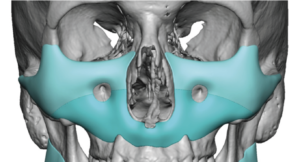

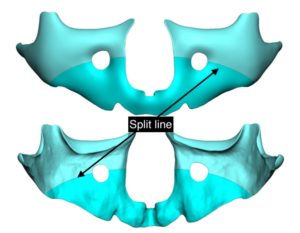
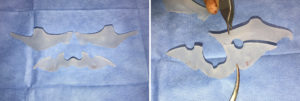
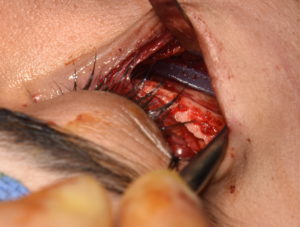
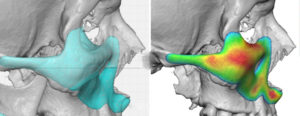
Case Highlights:
1) Complete augmentation of the midface can be done with a Custom Misface Mask Implant.
2) Complete coverage of the anterior midface (infraorbital-malar-maxillary ) bony area requires a three-piece implant design for split placement through lower eyelid and intraoral vestibular incisions IF lower eyelid reshaping is to be done as well.
3) Making the Custom Midface Mask implant porous for fibrovascular tissue ingrowth creates a micro encapsulated implant environment which lowers the risk of potential complications.
Dr. Barry Eppley
Indianapolis, Indiana

